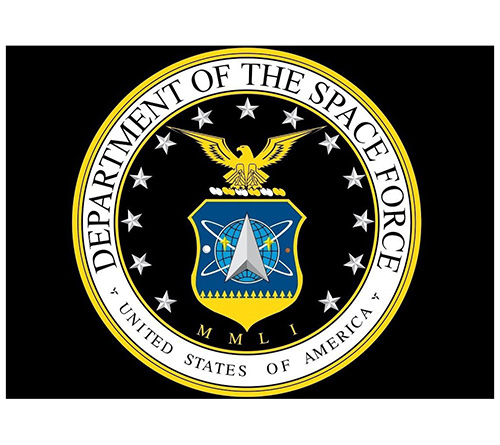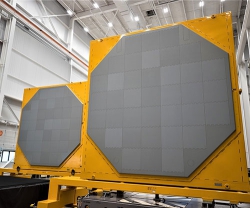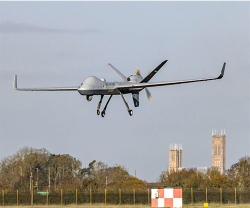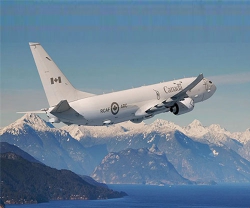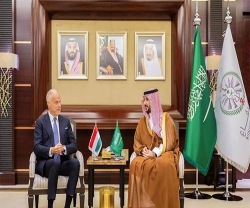U.S. Vice President Mike Pence announced that the Pentagon plans to launch a Space Force, embarking on an effort to create the first armed service since 1947.
In June, President Donald Trump called for the establishment of the sixth armed service, to join the Air Force, Army, Marine Corps, Navy and Coast Guard. The plan, which requires authorization and funding from Congress, would develop forces to defend satellites from attack and perform other space-related tasks. China and Russia are the nation's primary rivals in space.
“The time has come to establish the United States Space Force,” Pence said.
The force would be created by 2020, Pence said. Before that, the Pentagon plans to assemble the U.S. Space Command, which would be led by a four-star officer and draw forces from the other armed services. A 15-page proposal outlines the need for the force and steps to get there but no bottom line, saying only that any costs associated with it will be sent to Congress next February.
Deputy Defense Secretary Patrick Shanahan told reporters that he assumed creating the Space Force would cost “billions.”
When the proposal for a separate force was broached last year, Defense Secretary Jim Mattis resisted it. He wrote to Congress that it would “likely present a narrower and even parochial approach to space operations.”
Mattis signaled last week that his thoughts had changed. “We need to address space as a developing war-fighting domain, and a combatant command is certainly one thing that we can establish. This is a process we're in. We are in complete alignment with the President’s concern about protecting our assets in space that contribute to our security, to our economy. And we’re going to have to address it as other countries show a capability to attack those assets,” Mattis said
The Pentagon’s plan, released Thursday, identifies China and Russia as “strategic competitors” that are “explicitly pursuing space war-fighting capabilities to neutralize U.S. space capabilities in a time of conflict.” For example, Russia and China are pursuing anti-satellite weapons, including lasers, to “reduce U.S. military effectiveness.”
Pence said the White House has been working with Congress to develop the plan. Next year’s budget will seek funding and authorization for the venture. “We’re building bipartisan support for our plan,” he said.
The Air Force, the newest of the armed services dating to 1947, has the largest stake in space. It already contains a Space Command, which it established in 1982. The new force would probably be carved out of the Air Force, creating two smaller, weaker services, according to military analysts.
“This is a half-baked idea,” said Loren Thompson, a defense industry consultant and military analyst at the Lexington Institute. “It will disrupt existing military relationships and add nothing of value. Nobody in the Pentagon believes creating a Space Force makes sense. If that same view prevails in Congress, then it isn't going to happen.”
A better idea would be elevating an organization within the Air Force to deal with space, Thompson said.
“Creating a separate service will just add to dysfunction at the Defense Department,” he said.
Pence identified interim steps to create the Space Force in two years. They include the new command and creating a civilian position as an assistant secretary of defense for space to oversee the transition.
“The Space Force is the next and natural evolution of American military strength,” Pence said.

